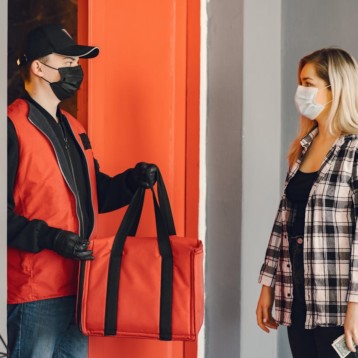The team has developed a generator that produces the new material automatically by using remote control. “The new materials come out the bottom like a beer product,” Dorn said. “The golden liquid is not dispensed into an open cup, of course.”
The process works by using a rod three times the size of a pencil. This rod, which consists purely of graphite and lutetium (Lu), is lowered into a containment unit on one side until it becomes electrically charged due to a source of electricity on the other side. The rod burns distinctly, producing ash that coats the containment unit. The ash is rinsed off and passed through a filter to collect the soot – a beer-colored solution, which contains lutetium atoms bound to nitrogen inside of fullerenes.
The solution is then purified again to eliminate any empty-cage fullerenes. The resultant liquid is condensed by evaporation and hydroxyl atoms are attached to the molecules in a way that allows them to be soluble in bio-fluids. This whole process is conducted by remote control and the resultant product is stored in a shielded container.
Currently, the team employs a non-radioactive version of lutetium to manufacture the resultant solution, which is scientifically named “Trimetallic Nitride Endohedral Metallofullerenes” and represents three atoms of Lu connected to a nitrogen atom inside an 80-atom carbon molecule cage. The experiment currently runs on non-radioactive safety equipment and the team is to receive a new production unit that will enable them to use the 177Lu isotope. This isotope of lutetium is used to treat cancer.
|
“It all takes less than a day, which is important because 177Lu has a half life of six and one-half days. So we can’t take 30 days to make the product,” said Duchamp. If the project is successful, it would be the first time that any radioactive material would be placed in a fullerene through a remote control process with direct purification leading to a pure product.
Dorn and Fatouros at VCU have funding from the National Institutes of Health’s National Cancer Institute (NCI) to further develop, produce, and test fullerene nanoparticles that can identify brain tumor cells and selectively target them for radiation therapy.
TFOT has previously written about a study that suggests that carbon nanotubes are dangerous to the environment. You can also check out our article about a research team who has recently identified a molecular key that could block HIV from spreading through the body by binding other proteins. If their discovery can be put to use as a drug, it will save many lives of HIV positive patients worldwide. Finally, TFOT also covered “Buckypaper”, which is another name for fullerene and has a structure of a pure nanotube material that might soon enable the manufacturing of stronger and lighter aircraft with larger payloads and greater fuel efficiency.
Additional information on the radioactive fullerenes can be obtained at VCU’s website.
Icon image credit: Wikimedia Commons user Wingchi












